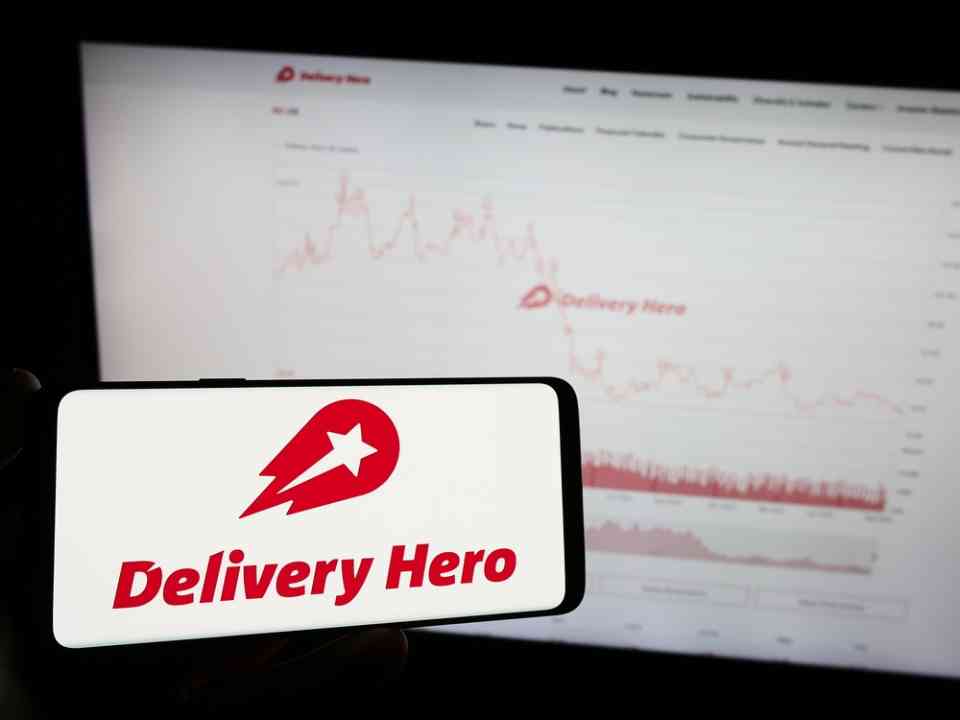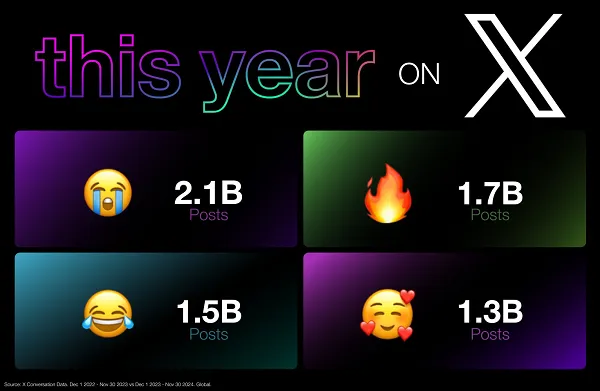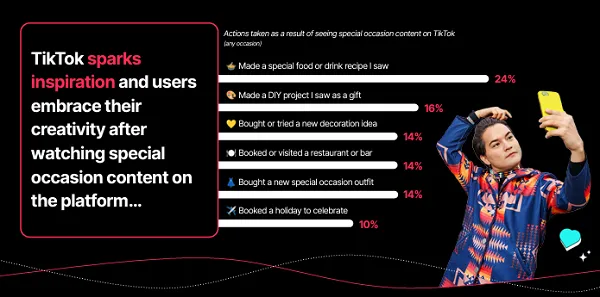If you’re running a business, you know how important it is to stay connected with your customers. One of the effective ways to get in touch with your customers is through email. But sending out emails manually can take time and effort. That’s where email API’s come in.
An email API is a software interface that enables applications to send and receive emails. In this blog post, we’ll discuss how email APIs work, their benefits, and the various applications they can be used for.
What Is An Email API?
An email API is an application programming interface that allows users to send and receive emails without using a dedicated email client. This technology simplifies sending and receiving emails by enabling users to interact with their emails using code instead of a graphical user interface (GUI).
In other words, email APIs make it easier for developers to integrate email capabilities into their applications. Using an email API, developers can create automated processes such as sending out personalized emails when someone signs up for a newsletter or setting up notifications when someone purchases a product.
Email APIs also provide a secure way to send and receive emails. The API encrypts the messages sent and received, protecting them from hackers. This type of automation reduces the amount of manual labor involved in managing emails and allows developers to respond quickly to customer needs.
Additionally, it allows developers to store emails on their servers, giving them more control over how emails are handled. Overall, email APIs provide an efficient and secure way for developers to integrate email capabilities into their applications. By leveraging the power of APIs, developers can save time and energy while ensuring their customers’ data remains safe.
Benefits Of Using An Email API
An email API is a powerful tool that lets developers quickly and easily integrate email communication into their applications. With an email API, developers can build custom email solutions that meet the specific needs of their business or customers.
It can send transactional emails, such as order confirmations, password reset notifications, welcome emails, and marketing emails, like newsletters and product updates.
The main benefit of using an email API is that it streamlines the email-sending process, allowing you to quickly and easily send large volumes of emails with just a few lines of code.
Additionally, most email APIs offer advanced features, such as automated handling of bounced messages and real-time tracking of email deliverability and open rates. This ensures that your emails reach their intended recipients on time.
Another great advantage of using an email API is that it simplifies managing large contact lists. Instead of manually adding contacts to multiple databases, you can use the API to manage your contact list from a single interface.
This makes it easier to segment your list for targeted marketing campaigns, monitor engagement metrics for each group, and quickly remove inactive contacts. Finally, many email APIs come with built-in analytics tools, so you can track your emails’ performance over time and adjust accordingly.
This helps ensure that your messages reach the right people and drive conversions. Overall, an email API can help businesses save time and money while boosting their marketing efforts.
By streamlining the process of sending emails and providing powerful analytics tools, businesses can focus their time and resources on other aspects of their operations.
Applications Of An Email API
An email API is an application programming interface that lets developers send and receive emails programmatically. It makes sending emails simple and efficient, allowing for the automation of complex email processes and implementation of custom features.
By using an email API, businesses can save time and money by eliminating manual email processing. The primary benefit of an email API is the ability to create custom functionality. With an email API, developers can craft automated workflows that send automated emails based on certain conditions, such as when a customer completes a purchase or an event is scheduled.
An email API can also be used to customize the content of emails, such as personalizing them with the recipient’s name or incorporating dynamic content. Beyond automating processes, an email API can also be used to monitor emails, analyze the performance of campaigns, and build sophisticated tools that integrate with other applications.
For example, an email API can be used to connect with a CRM platform, allowing emails to be triggered based on customer data. It can also track links and measure conversion rates, helping businesses optimize email campaigns.
Businesses can use an email API to ensure that all emails are sent to meet the standards set by CAN-SPAM and GDPR laws. This helps them avoid penalties for sending unsolicited or unauthorized emails and protects their reputation. In addition, an email API can be used to ensure compliance with email regulations.
By utilizing an email API, businesses can take advantage of its many benefits, from automating email processes to monitoring campaigns and ensuring compliance with laws. With its wide range of features and applications, an email API can help businesses save time and money while improving overall efficiency.
How To Get Started With An Email API
An email API (application programming interface) is a set of tools and protocols that allow developers to integrate their software applications with an email system. With an email API, developers can create complex automated workflows, such as sending notifications or providing access to customer service data, without writing code from scratch.
The benefits of using an email API are clear: it eliminates spending time coding emails from scratch, simplifies sending emails in bulk, and allows developers to integrate third-party services into their applications easily.
But getting started with an email API can be daunting, so here’s a quick guide on how to get started.
1. Research Different Email APIs: Read the documentation and reviews to find out which is best for your needs.
2. Choose An Appropriate Plan: Most email APIs offer different plans for different usage levels, so make sure you select the right one for your project.
3. Integrate The API Into Your Application: Your API should provide instructions on how to do this, but it’s usually relatively simple.
4. Test The API Integration By Sending Out a Few Emails. Using The API: Make sure everything is working as expected before moving on to the next step.
5. Configure The API Settings To Suit Your Needs: You should be able to customize things like delivery frequency, email content, and other variables to make sure you’re sending the right messages at the right times.
Using an email API can save you time and money and help you build more advanced automated workflows for your application. So if you’re looking for a way to streamline your email system, give an email API a try today!
Conclusion
An email API can be a powerful tool for businesses to streamline and improve email communication. It can provide several benefits, such as reducing time spent on manual processes and enhancing email accuracy.
Additionally, email APIs are typically secure, reliable, and easy to use, making them a viable option for businesses of all sizes. Ultimately, utilizing an email API is an effective way to ensure that your emails are being sent quickly and accurately while freeing up resources to focus on other essential tasks.
If you are looking for the latest free email marketing tool with a secure API feature, try choosing O-Mail. It is an AI-powered automation email marketing tool with built-in dynamic features that comes up with a reliable API to integrate with your application.






















































![Online Shopping Reached New Highs in 2024 [Infographic] Online Shopping Reached New Highs in 2024 [Infographic]](https://imgproxy.divecdn.com/kCw9rTPPHoCqXkkL4Bt8p7eohxOuRs6iXsDK03Fxr_8/g:ce/rs:fit:770:435/Z3M6Ly9kaXZlc2l0ZS1zdG9yYWdlL2RpdmVpbWFnZS9vbmxpbmVfc2hvcHBpbmdfc3VyZ2UyLnBuZw==.webp)

![What App Features Are People Willing to Pay For? [Infographic] What App Features Are People Willing to Pay For? [Infographic]](https://imgproxy.divecdn.com/mHJQ6ffz2lGDUuF649StZz5xtI56ORDL5z-Cjs9ZUw8/g:ce/rs:fit:770:435/Z3M6Ly9kaXZlc2l0ZS1zdG9yYWdlL2RpdmVpbWFnZS9hcHBzX3RoYXRfcGVvcGxlX3BheV9mb3JfMi5wbmc=.webp)















